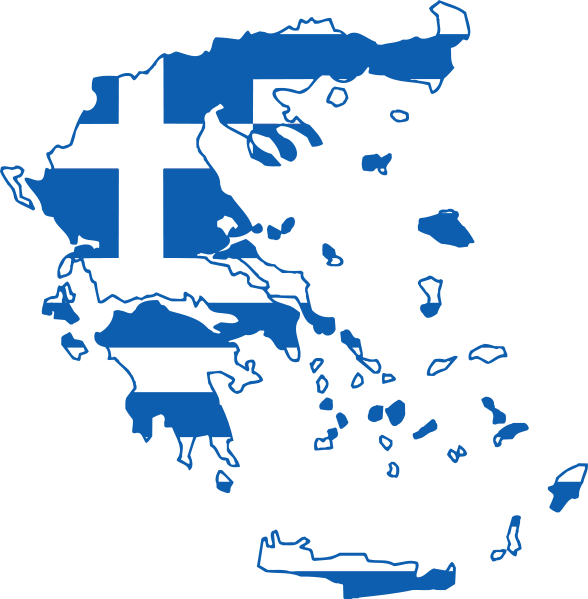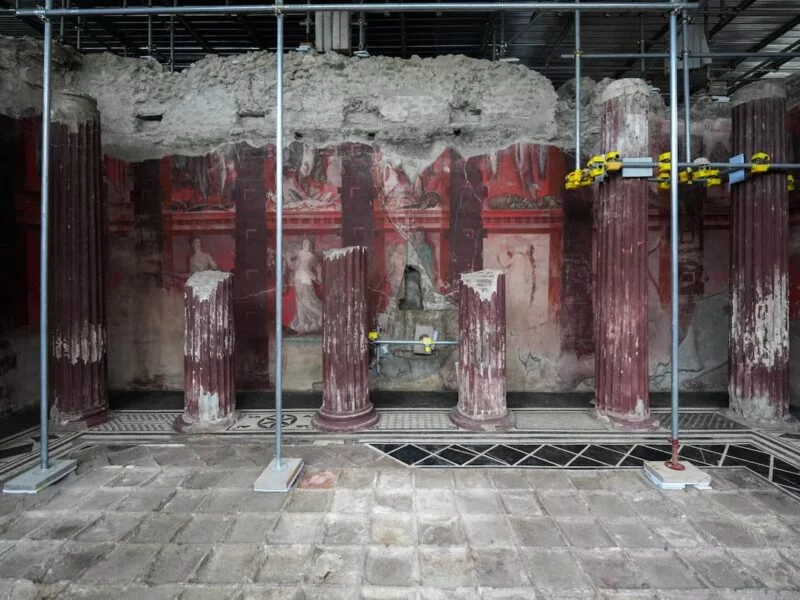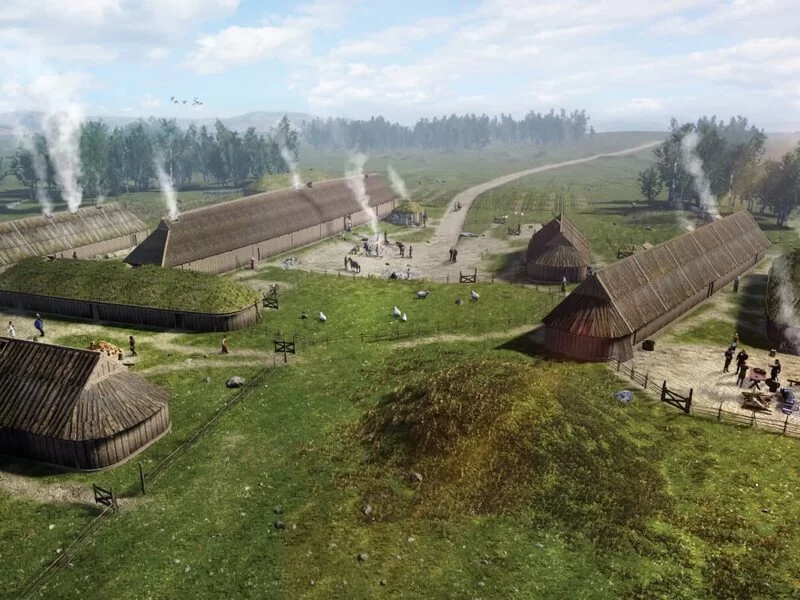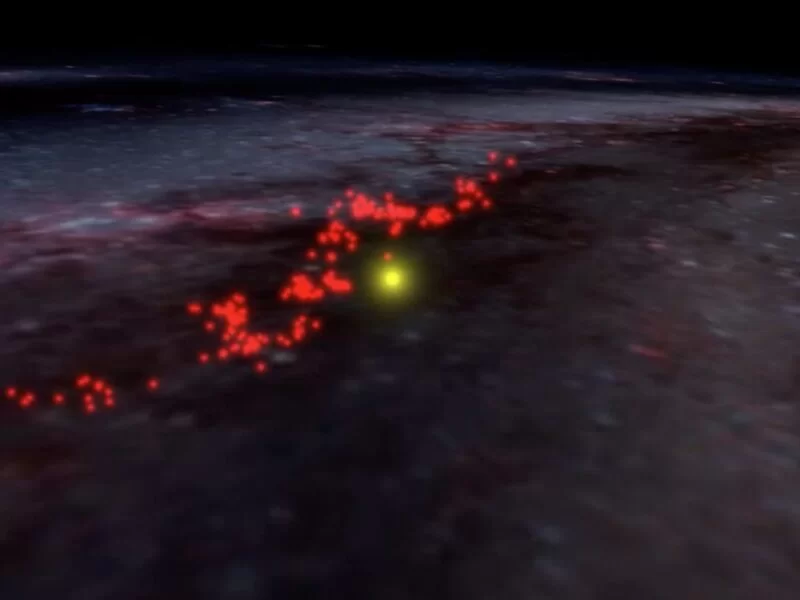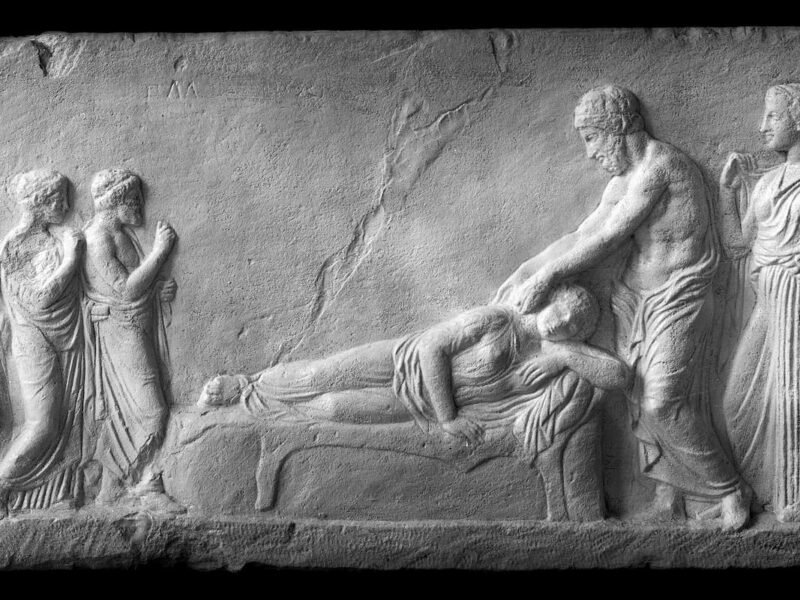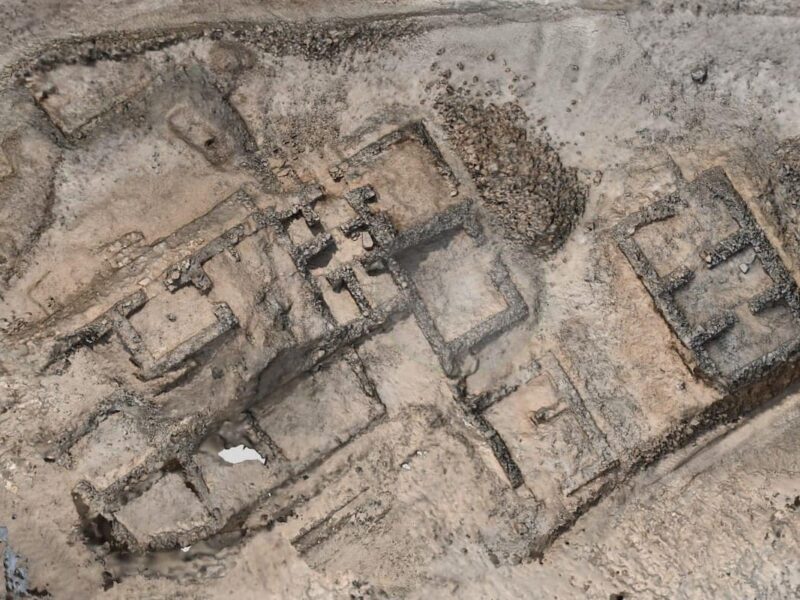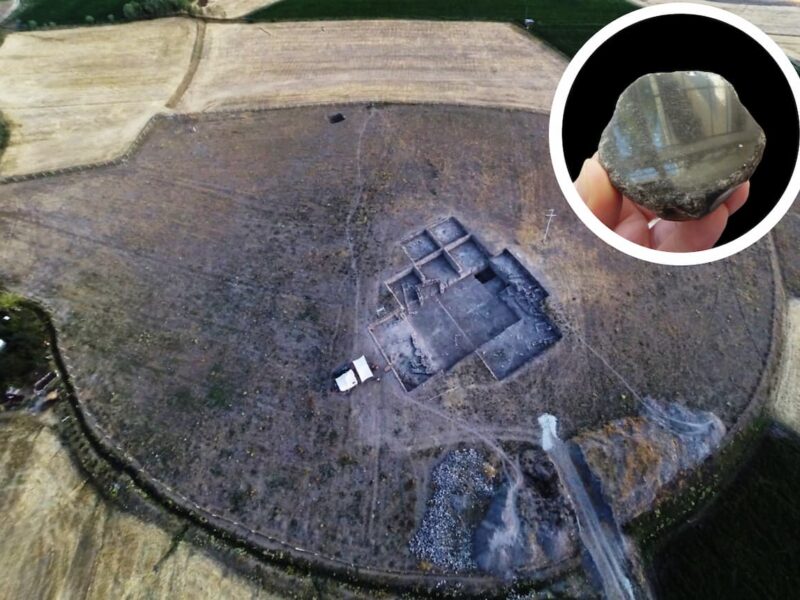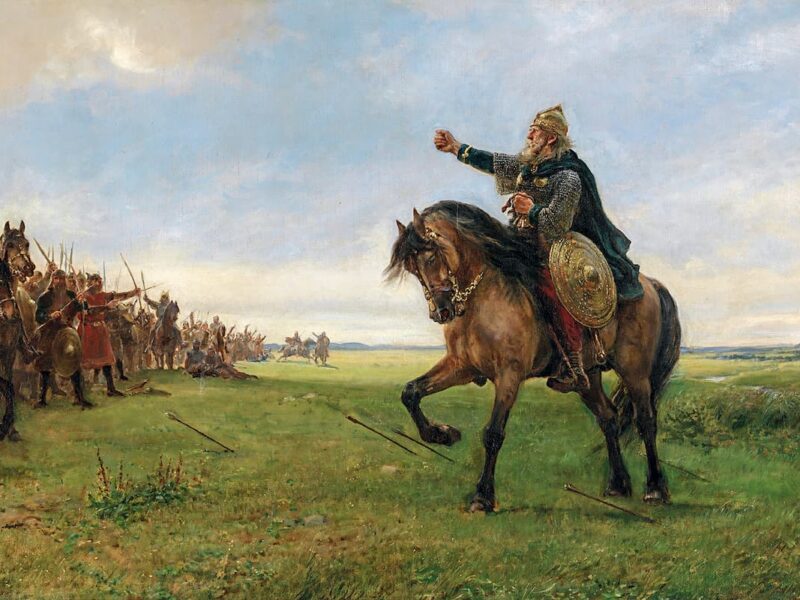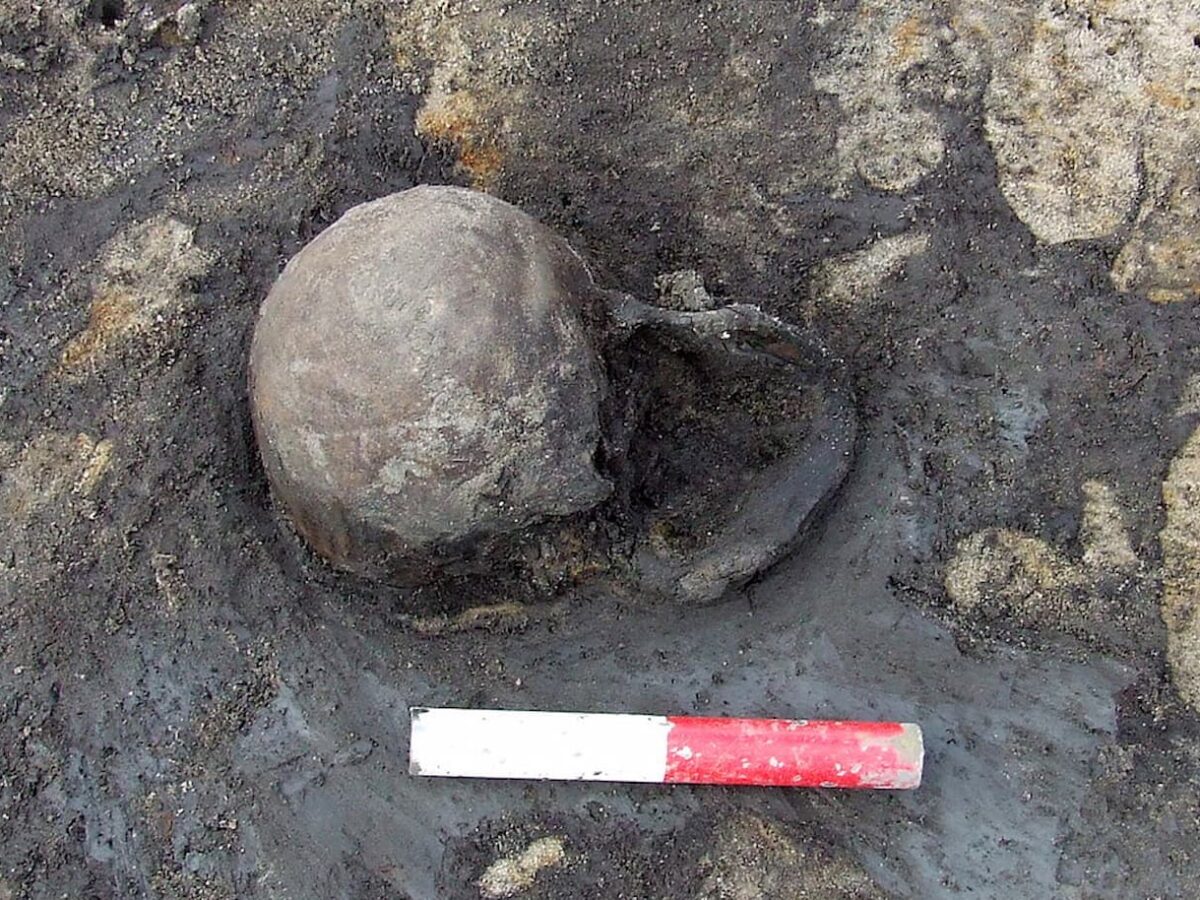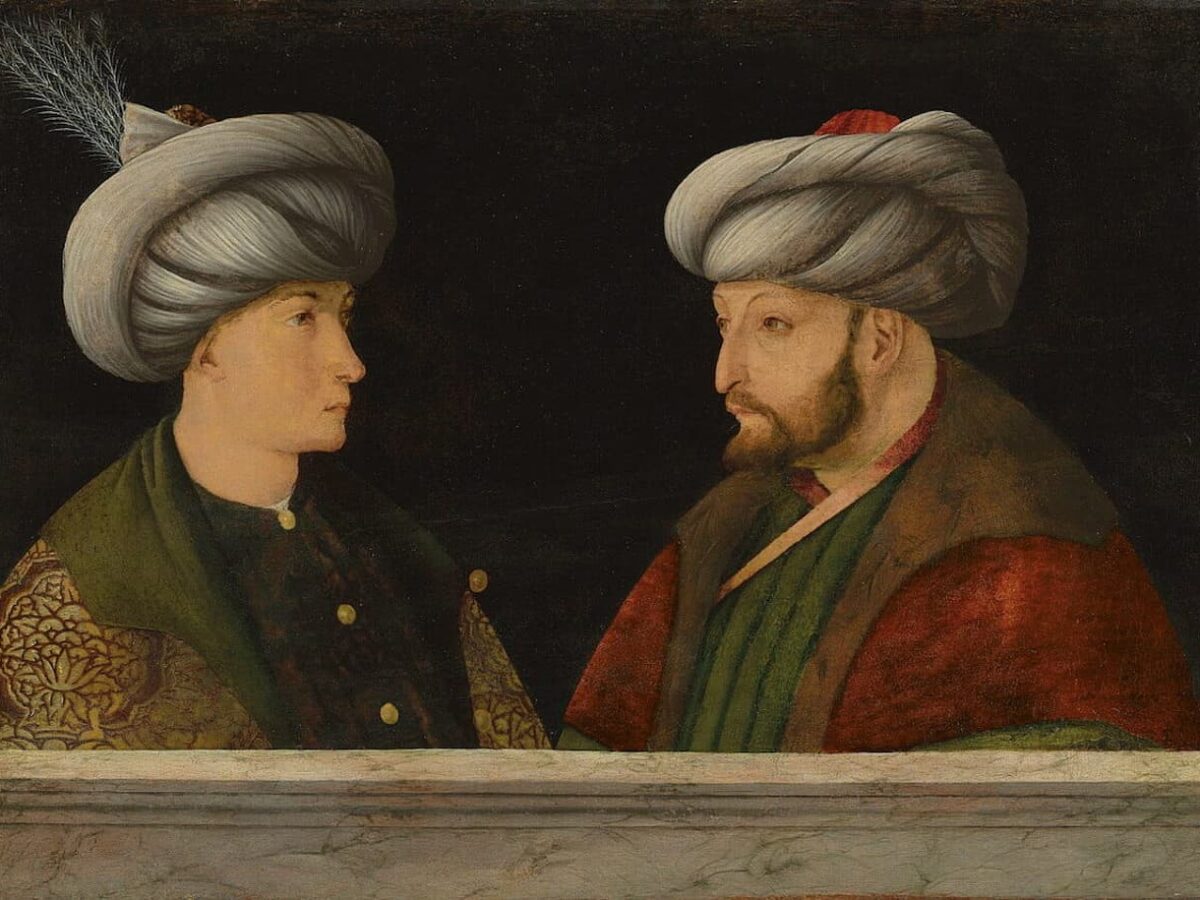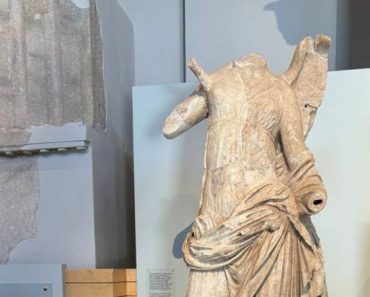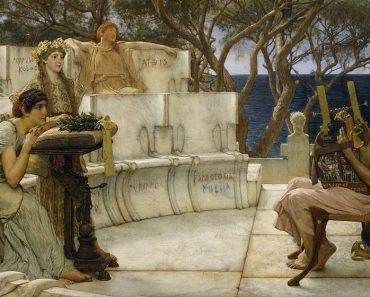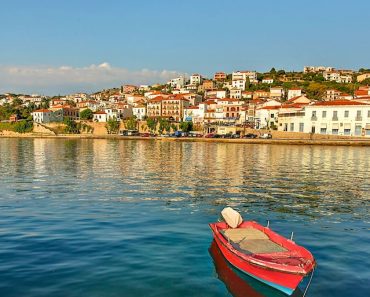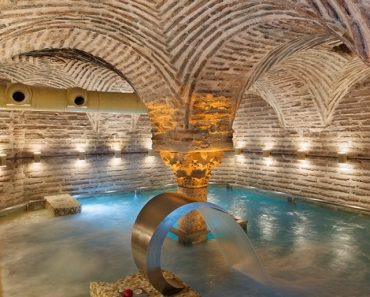A recent study published in the journal iScience highlights the fundamental role of the island of Ischia in shaping cultural interactions in the western Mediterranean during the 8th century BCE. Through an interdisciplinary analysis combining archaeological, anthropological, and biogeochemical data, researchers have demonstrated that this volcanic island hosted a diverse community composed of Greeks, Phoenicians, and local populations, who coexisted and contributed to the emergence of Magna Graecia.
The research team analyzed human remains found in the necropolis of Pithekoussai (Pithecusas), the ancient name of Ischia, using strontium isotope analysis on teeth and bones. This methodology allows for the identification of individuals’ geographic origins, revealing the heterogeneous composition of the ancient population. The results confirm that the island not only received immigrants from early times but also became a center of biocultural integration.
Carmen Esposito, a researcher at the University of Bologna and co-author of the study, emphasizes that these findings reinforce the image of the Mediterranean as a region characterized by constant mobility and interaction. The research has made it possible to reconstruct the movements of individuals and their relationships with other communities with an unprecedented level of detail.

According to Melania Gigante, a professor at the University of Padua and lead author of the study, analyses of the remains of more than 50 individuals buried in Pithekoussai have revealed the presence of people from different regions of the Mediterranean. This demonstrates that Ischia was a meeting place for Greeks, Phoenicians, and Italic peoples, who not only coexisted but also influenced the formation of a complex and multicultural social identity.
One of the study’s most striking aspects is the role that women played in these migratory processes. Traditionally, it has been assumed that mobility in this period was dominated by male merchants and settlers. However, the data reveal that there was also a significant movement of women, suggesting that the construction of this society did not depend exclusively on men but was instead the result of more equitable participation in cultural and commercial exchanges.
One of the most emblematic discoveries in the necropolis of Pithekoussai is the tomb containing the Cup of Nestor, an artifact with one of the oldest known inscriptions in the Greek alphabet. The inscription on the cup refers to the famous chalice of the Homeric hero Nestor, making it a key testament to the spread of Greek writing and culture in the West.

For years, scholars have debated the identity of the individual buried alongside this prized artifact. Previous research indicated that the tomb contained both human and animal remains, debunking the hypothesis that it belonged to a cremated child. Now, isotope analyses have determined that at least one of the individuals in the tomb was born on the island itself, reinforcing the idea of a community that not only absorbed external influences but also had a stable local base.
Alessia Nava, an anthropologist at Sapienza University of Rome and co-author of the study, highlights that these findings represent a significant advancement in the field of bioarchaeology. The combination of advanced techniques has opened new perspectives on ancient history, facilitating a deeper understanding of migratory phenomena and integration processes that were previously unknown.
This research provides the first direct evidence based on individualized human remains analysis that confirms historical and archaeological theories about Greek colonization in the 8th century BCE. The application of an interdisciplinary approach allows for a reevaluation of Ischia’s role as a point of interconnection between civilizations and paves the way for future studies on mobility and interculturality in Antiquity.
The study was made possible through the collaboration of various academic and cultural institutions. Participating in the research were the University of Bologna, the University of Padua, the University of Modena and Reggio Emilia, the Museum of Civilizations in Rome, the Italian Ministry of Culture, the University of Naples L’Orientale, Sapienza University of Rome, and Goethe University Frankfurt.
SOURCES
Melania Gigante, Carmen Esposito, et al., Where Typhoeus lived: 87Sr/86Sr analysis of human remains in the first Greek site in the Western Mediterranean, Pithekoussai, Italy. iScience, vol.28, Issue 3, 111927March 21, 2025. DOI: 10.1016/j.isci.2025.111927
Discover more from LBV Magazine English Edition
Subscribe to get the latest posts sent to your email.
